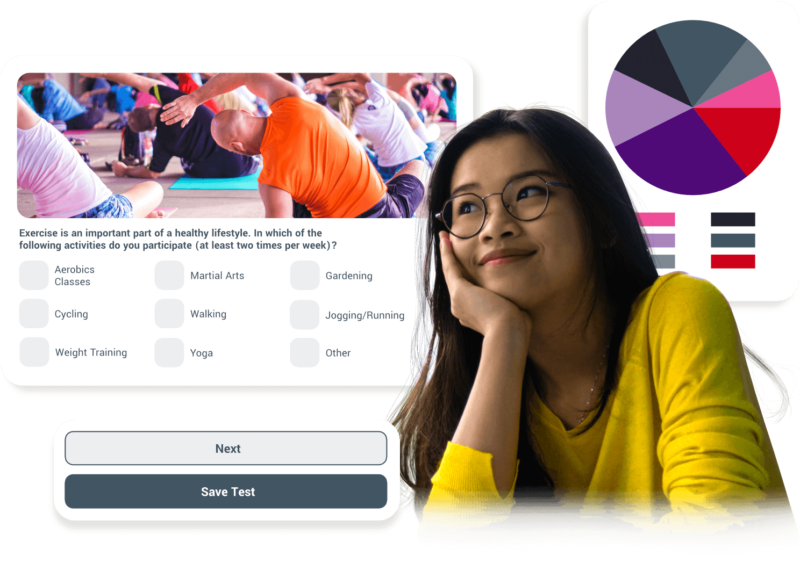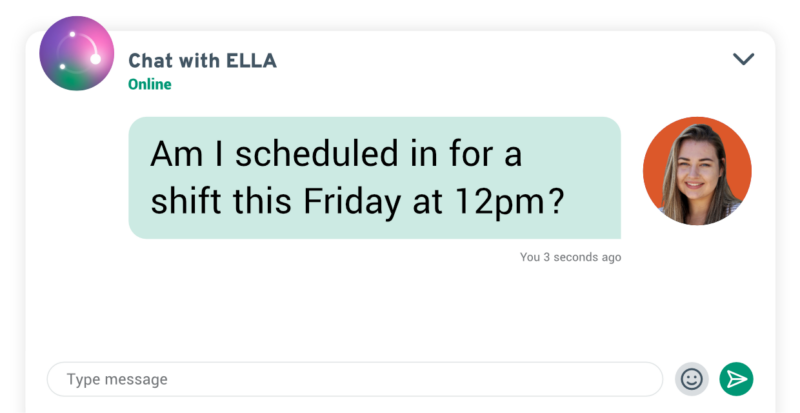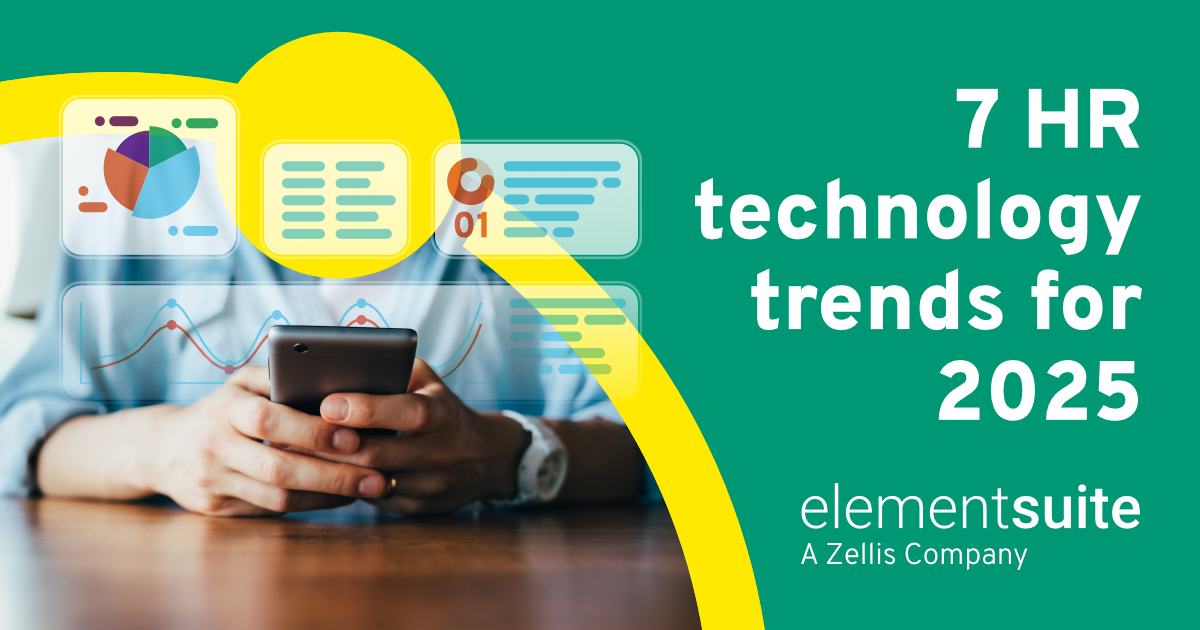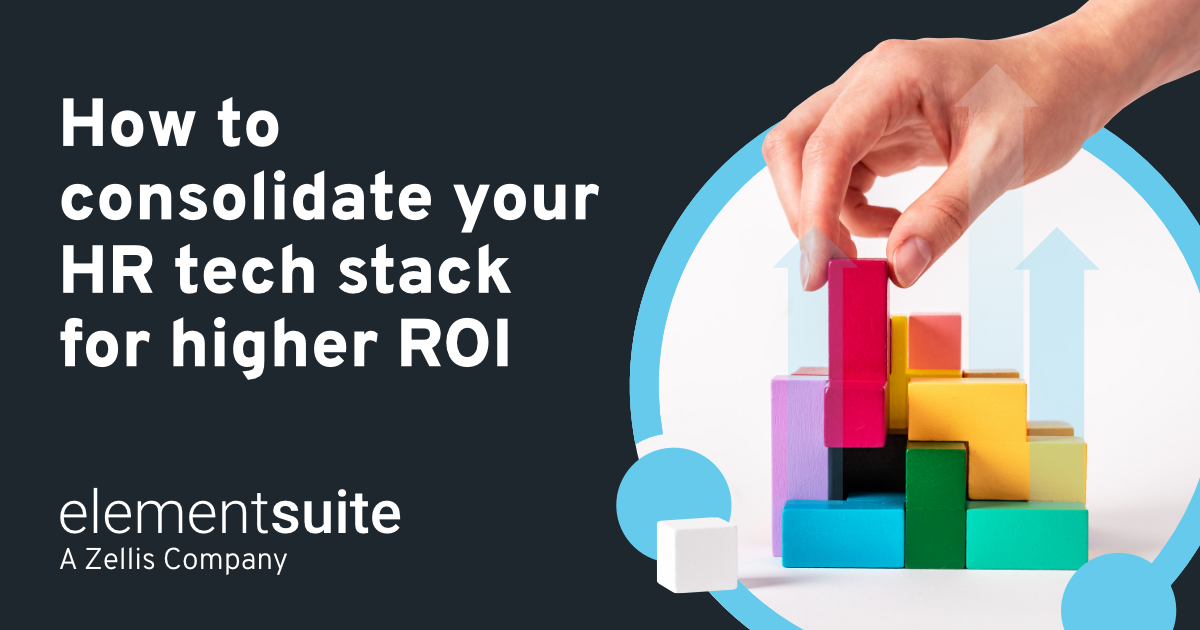At the beginning of the year, the UK Government unveiled an ambitious plan to “turbocharge” AI, promoting the widespread adoption of this technology to boost productivity and economic growth. This is a game-changer for HR, where AI’s potential is truly groundbreaking. From enhancing decision-making to reducing unconscious bias in recruitment and providing real-time assistance to employees, AI is already making waves in the HR world.
But AI is only one piece of the puzzle, with a host of other technologies set to revolutionise HR, including data-driven wellbeing programmes, advanced scheduling tools, people analytics and more.
In this article, we’ll explore 7 HR technology trends for 2025, focusing on innovative tools that will help you drive engagement, boost efficiency, and enhance productivity across your organisation.
1. Predictive AI for talent acquisition
AI in recruitment is nothing new – many organisations utilise AI algorithms to screen CVs, conduct pre-employment assessments, and identify top candidates. However, the next frontier lies in predictive AI. This technology analyses past recruitment data to uncover patterns, trends and predictors of successful hires, helping HR teams identify talent whose skills and expertise align perfectly with the organisation’s needs. Using predictive AI, you can save time, optimise hiring processes, and improve employee retention. After all, when candidates are the right fit, they are more likely to pursue promotion opportunities and stay within the company for the long term.
While predictive AI offers exciting possibilities, integrating it into recruitment processes comes with its challenges. One of the key concerns of AI in recruitment is how it reaches decisions. Candidates and HR professionals alike want to know that AI is being used ethically, without biases creeping into the algorithms. Therefore, when adopting AI for talent acquisition, it’s important to uphold principles of fairness and prioritise ethical AI practices to build trust and credibility in the recruitment process. This involves regularly auditing your AI systems to identify potential biases, adhering to strict data protection standards like GDPR, and working closely with your AI tool vendors to ensure bias detection mechanisms are in place.
Overall, predictive AI can significantly enhance efficiency and decision-making in recruitment. To unlock AI’s full potential, HR teams must adopt it ethically, asking it the right questions while implementing tools for bias detection.
We’ve rounded up a list of AI prompts to support you in attracting the most qualified candidates. Discover how these prompts can help you save time, boost productivity and take full advantage of AI in recruitment.
2. Generative AI
In 2024, Gartner research revealed that 38% of HR leaders are piloting, planning implementation, or have already implemented generative AI in their day-to-day processes.
Generative AI (GenAI) can benefit numerous HR use cases, including content generation of letters and contracts, answering questions, directly answering your employee’s queries relating to your company policies in your company’s tone, and securely generating insights from real HR data for employees, managers and administrators. With some of the latest GenAI HR tools, like ELLA (elementsuite’s AI tool), employees can for instance ask a GenAI assistant about how much holiday they have remaining, or how their pay was calculated.
But generative AI does more than generate content and answer questions, it also directs and controls workflows using AI agents. Powered by generative AI, AI agents can be used for a range of tasks, such as sending out emails and alerts, automating workflows and creating reports. These tools can save time previously spent on routine manual work, empowering HR admins to focus on the tasks they find enjoyable and meaningful.
While AI optimises HR processes, ethics and social responsibility must remain a priority, especially since AI algorithms can inadvertently reinforce biases. To prevent biases, as mentioned above, HR teams should implement regular training and feedback loops with their AI providers, actively flagging biased content and updating training data as needed.
Data security is another factor to think about when adopting AI. While GenAI tools, like ChatGPT, have risen in popularity, they pose legal risks under UK GDPR due to data privacy challenges. To mitigate these risks and safeguard privacy, organisations should invest in ring-fenced AI models, like ELLA. These models protect sensitive information with authentication and authorisation across all data assets, ensuring that only authorised individuals can access the right information.
Interested in introducing AI to your workforce? Discover the tips and tricks to do so in this guide.
3. Data-driven wellbeing programmes
As operational costs continue to rise and employers struggle to raise wages, organisations need to explore non-financial strategies to maintain workforce engagement, such as implementing digital wellbeing programmes.
With employee engagement software, organisations can collect extensive insights from employees through surveys, polls and quizzes. These insights help create bespoke wellbeing programmes that improve employee satisfaction and retention, offering a cost-effective alternative to wage increases while helping reduce turnover and hiring costs.

4. People analytics for performance insights
According to McKinsey, companies that use people analytics have reported a 25% increase in productivity, underscoring the transformative effect of introducing these tools into your HR processes.
With people analytics, HR teams can empower organisations to make data-driven decisions and offer real-time feedback to their teams. Performance management software plays a key role in this process, allowing employees to gain feedback from both peers and managers, which can then be used to improve skills and knowledge and clarify expectations.
Over time, consistent feedback helps employees grow and advance in their careers. For instance, a sales assistant who regularly acts on feedback and continuously improves their performance could move into a more senior role. This enhances their career satisfaction, whilst also improving employee retention and preserving valuable knowledge within the organisation.
5. Data-driven scheduling
As labour costs rise, companies will be expected to invest in strategies to optimise workforce spending, such as data-driven scheduling. By leveraging data-driven insights, companies can pinpoint areas where labour is underutilised or overextended, allowing for adjustments that better align staffing levels with actual productivity needs.
Having a staff scheduling tool, like elementsuite, that automatically maps staff allocation against your demand and budget can make a world of a difference.
With elementsuite, you can analyse historical occupancy rates, seasonal trends, and even the weather forecast to maximise scheduling efficiency, ensuring you always have a workforce ready to meet your short, medium and long-term staffing requirements.
6. Automation of HR processes
Automation has become a game-changer in the HR industry, allowing HR professionals to streamline repetitive tasks and focus on more strategic initiatives. But, how exactly does automation work? The key lies in workflows and alert builders.
A workflow is a series of actions triggered by an event or scheduled at a set time. Take, for example, a restaurant employee who has discussed a transfer with both their current and future managers. The moment the request is made in the system, a form is automatically created and sent to the employee’s future manager to approve the transfer. Once approved, the form returns to the employee, whose current manager is notified to approve the transfer too. With both approvals in place, the employee can smoothly transition to the new location. This automated process not only saves time but also reduces errors, enhancing efficiency for both employees and HR teams.
Another powerful automation tool is an alert builder, which helps employees, managers and HR teams alike stay on top of critical documents and compliance requirements. You could set up an alert, for example, to notify employees when their Right to Work is due to be updated or to inform the procurement team when a new starter is hired. By automatically tracking important dates, alerts notify employees, managers and HR teams when action is required, ensuring compliance is maintained without manual tracking.
7. AI tools for employee support
More HR departments are looking at how they can introduce AI into their day-to-day processes to benefit both themselves and employees.
Tools such as ELLA, elementsuite’s AI assistant, can answer employee queries, retrieve company policies, assist with onboarding and manage leave requests, providing employees with immediate responses. Not only does this improve employee engagement, but it also reduces the volume of repetitive inquiries in HR’s inboxes, boosting overall efficiency.
- Content generation: Write an email in a thankful tone accepting the promotion to Customer Assistant position
- Company information retrieval: I’ve lost my lanyard. What should I do?
- 24/7 assistance: Am I scheduled in for a shift today at 12pm?
- Workflow and agents: Analyse the sales data from last week and identify any trends or patterns in customer purchases

Embracing the future of HR technology
In 2025, the HR technology landscape is poised for innovation. The trends discussed – ranging from predictive AI to data-driven wellbeing programs and automation tools – offer immense potential to boost efficiency, enhance engagement and streamline operations across your organisation.
AI, in particular, holds the promise of freeing up HR professionals from administrative tasks, allowing them to focus more on strategic initiatives. However, as with any new technology, it’s vital to consider its ethical implications. Through developing clear policies and practices around AI tools, organisations can build trust with employees and the wider community, all while staying ahead in a competitive market.
Ready to take your HR software to the next level? Check out our HR toolkit.
Packed with valuable tips, guides and videos, this toolkit will help you pinpoint inefficiencies in your current HR processes and find the right software for your organisation.




